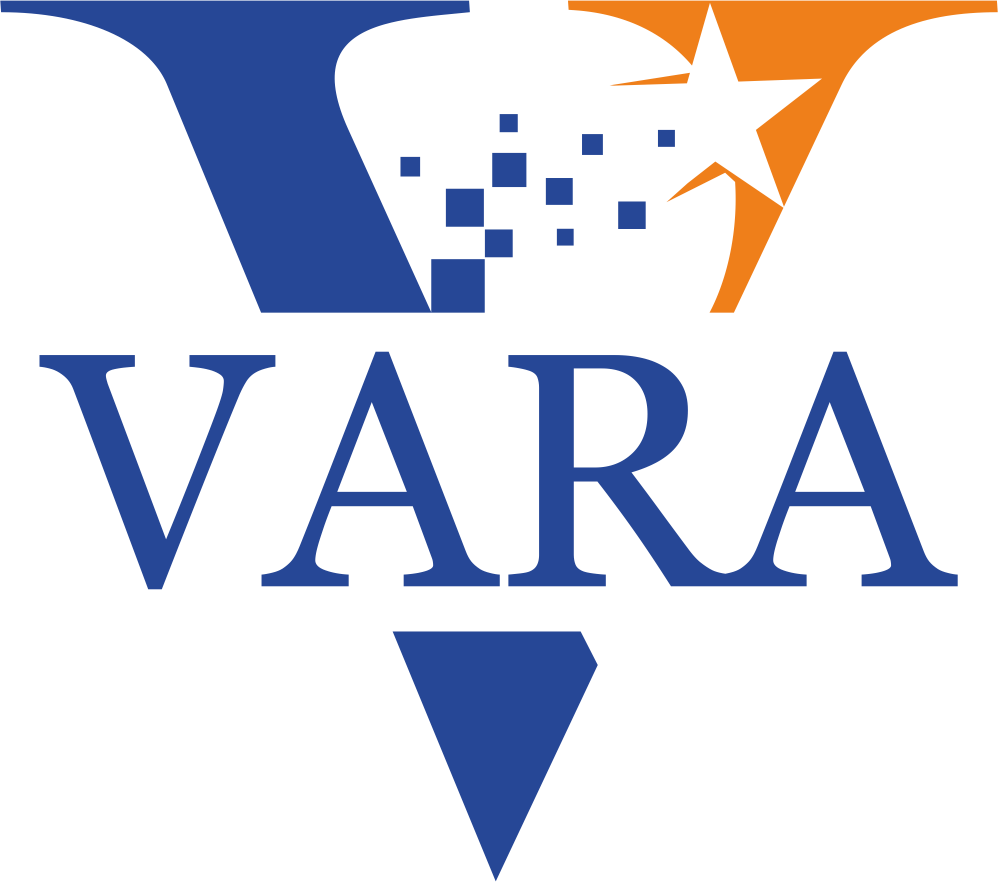
Enhancing Cybersecurity Defense with Threat Intelligence and Hunting Solutions
As businesses try to stay ahead of the most advanced cyber threats and quickly react to any potential attacks, threat intelligence and threat hunting are becoming more and more crucial. Cyber threat hunting scours your environment for malicious actors who have gotten past your initial endpoint security defenses. An attacker can enter a network covertly and remain there for months while they quietly gather information, search for sensitive documents, or obtain login credentials that will allow them to move around the environment.
Read More …
Many organizations lack the advanced detection capabilities required to prevent advanced persistent threats from remaining in the network once an adversary has been successful in evading detection and an attack has breached an organization’s defenses. Threat intelligence and hunting are therefore crucial elements of any cyber security defense strategy.
Read Less …
Threat Intelligence & Hunting Methods
Investigations into threats could take a variety of forms
Structured hunting
Structured threat hunting is based on indicators of attack (IoA) and the attacker’s tactics, techniques, and procedures. Based on the TTPs identified on the network, threat hunts are coordinated.
Unstructured hunting
Unstructured threat hunting begins with a trigger or an indicator of compromise (IoC). The hunter scans the network both before and after the trigger or IoC for malicious patterns.
Situational or
driven by an entity
Situational or entity-driven threat hunting concentrates on high-risk/high-value entities like sensitive data or vital computing resources.

